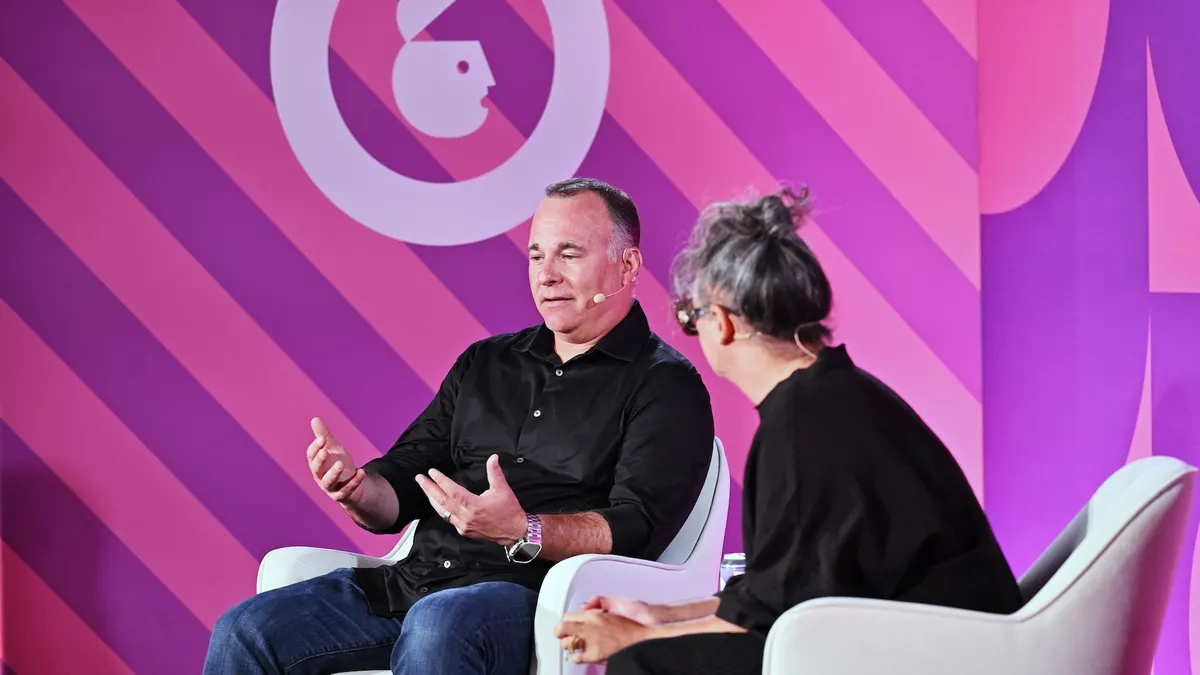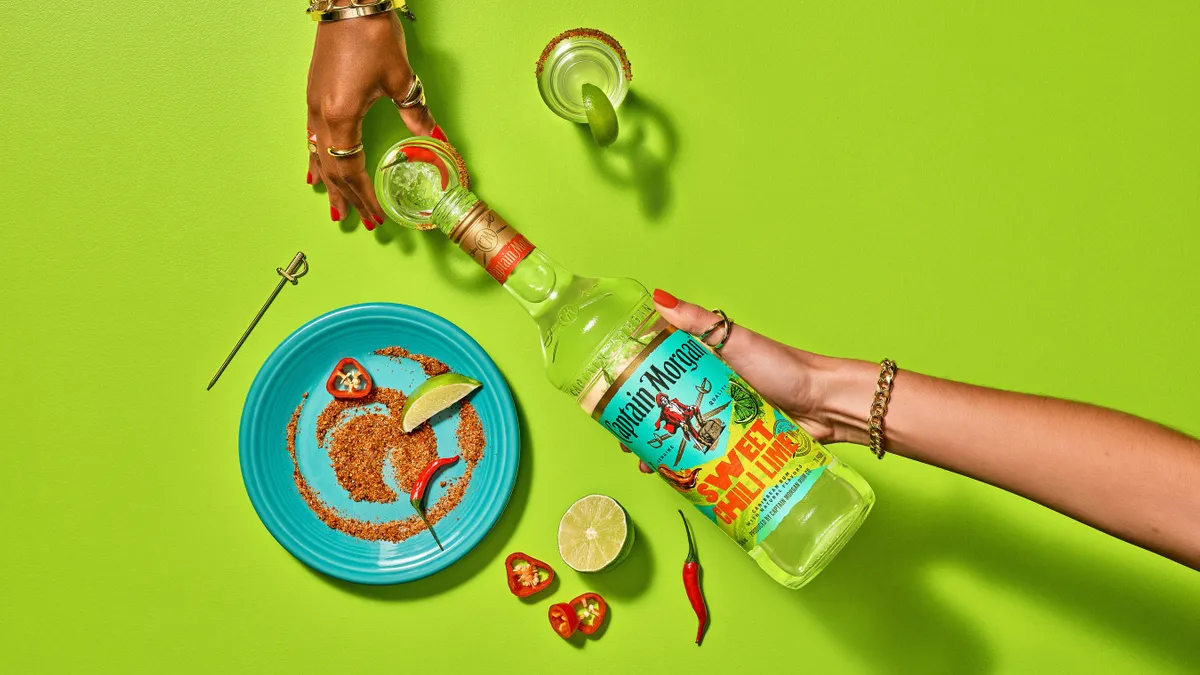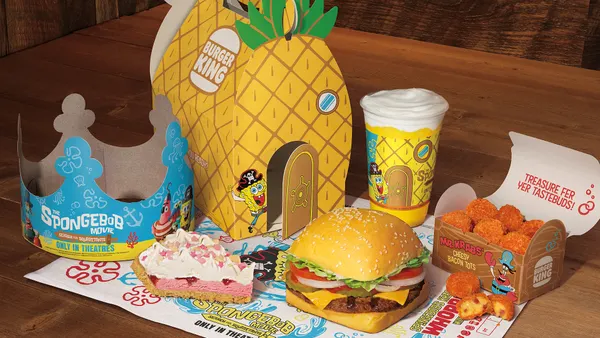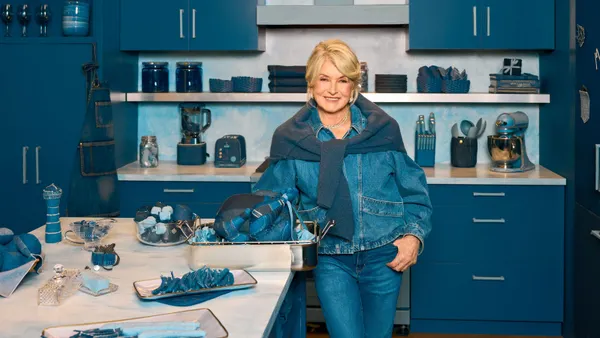Brief:
- Podcast advertising increases key metrics like awareness, ad recall, affinity, recommendation and purchase intent, researcher Nielsen said in a blog post based on data from about 50 custom studies conducted in the past 18 months. All sizes of brands, ranging in top-of-mind awareness from 17% to 69%, are tracking the performance of their podcast ads.
- Nielsen found that brands and podcasters are ably incorporating ads into podcast content, where host-read spots are a common format unlike for other media channels like TV. Almost two-thirds (64%) of respondents to a survey said ads were a good fit with the content of the podcast.
- Download metrics can help advertisers see which podcasts are popular, but they don’t help to understand the effect that podcast ads have on consumers, Nielsen said.
Insight:
Nielsen's research suggests that podcast ads are moving beyond the experimental phase to becoming a line item on marketing budgets as brands of varying sizes track KPIs. It also underscores a key benefit of podcast ads — the ability to reach an audience whose interests are aligned with a brand's messaging — and some of the challenges as the space quickly grows and matures.
Spending on podcast ads is forecast to grow 65% to $500 million in 2019 from two years ago, according to IAB and PwC data cited by Nielsen. But while podcasts look to be an effective advertising channel, Nielsen points to a key challenge for marketers is the need for more transparent listenership data and greater accountability from podcasters, with performance numbers becoming a must-have in order to attract advertisers. The total number of current podcasts is unknown — and has been estimated to be as much as 700,000 currently. As many as 2,000 new podcasts appear every week, but 75% of them stop producing fresh episodes after failing to build an audience or gain sponsorship, per podcast tracker Rawvoice/Blubrry.
While brands can sponsor podcasts, they also can create their own shows inexpensively and have full creative control. Jack Daniel's Tennessee Whiskey, Giant Food and Sephora are among the brands that have created podcasts.
The podcast industry is likely to consolidate among well-funded media companies that have the scale to maintain consistent output and to build an audience. Streaming audio giant Spotify, which in February acquired podcast network Gimlet Media and podcast production platform Anchor, has helped to boost monthly listening of podcasts, especially among people ages 12 to 34, per a survey of U.S. consumers by Edison Research and Triton Digital. The percentage of Spotify listeners in that age bracket who said they have listened to a podcast within the past month grew to 53% this year from 32% in 2018, the data show. The biggest podcaster in the U.S. is NPR with a unique audience of 18.7 million listeners and 49 active shows, followed by iHeartRadio, PRX, Wondery and The New York Times, per data from Podtrac.
Podcast adoption continues to grow, meaning brands looking to message consumers should be paying attention to this channel. Monthly podcast listenership surged 32% this year, the biggest gain ever recorded, to 32 million people with strong gains among college-aged students and young professionals who are major target for the podcast industry, per Edison and Triton.












